

Faqs

Festive Menu Packages
£29.99 - Three Meats Per Guest
£25.99 - Three Meats Per Guest +75no.
£22.99 - Three Meats Per Guest +175no.
£14 - Grilled Fillet of Sea Bass
£13.8 - Root Vegetable and Cranberry Apricot Bake
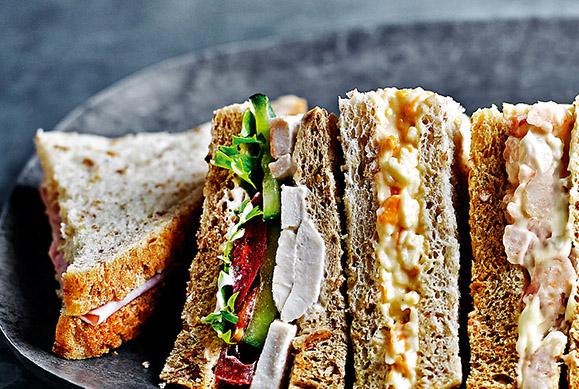
Basic Sandwich Platter
£14.45 - Buy Per Platter (serves 4-6)
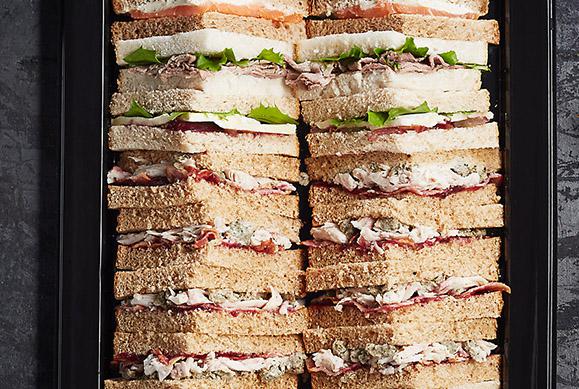
Premium Sandwich Platter
£17.45 - Buy Per Platter (serves 4-6)

Fresh Fruit Skewers
£20.49 - Buy Per Platter (serves 4-6)

Vegetable Dim Sum
£10.20 - Buy Per Per Head
£16.30 - Buy Per Platter (serves 4-6)

Seafood Oriental Seafood Dim Sum
£10.20 - Buy Per Per Head
£18.45 - Buy Per Platter (serves 4-6)

Traditional Snack Selection
£9.40 - Buy Per Per Head
£16.70 - Buy Per Platter (serves 4-6)
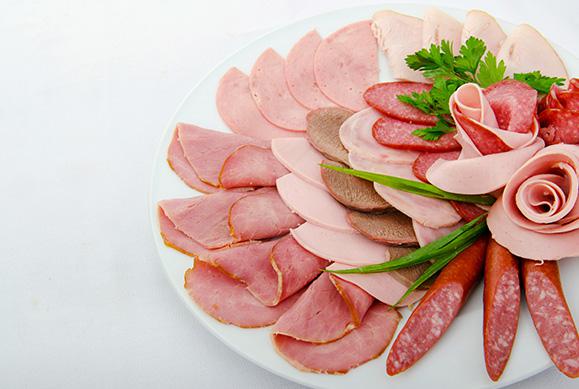
Meat Platter
£10.40 - Buy Per Per Head
£20.10 - Buy Per Platter (serves 4-6)
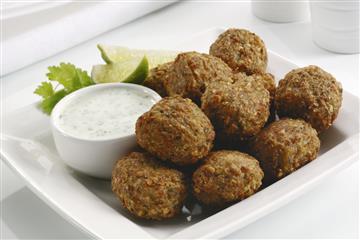
Falafel
£10.20 - Buy Per Per Head
£19.70 - Buy Per Platter (serves 4-6)

Hot & Spicy Coated Prawns
£11.00 - Buy Per Per Head
£20.45 - Buy Per Platter (serves 4-6)
Popcorn Machine Hire
£110.0 - Hire Per Day (4hrs)
Slush Machine Hire
£190 - Buy For 50 Guests Package
£300 - Buy For 100 Guests Package
£390 - Buy For 150 Guests Package

Cheese Board
£11.60 - Buy Per Per Head
£23.49 - Buy Per Platter (serves 4-6)
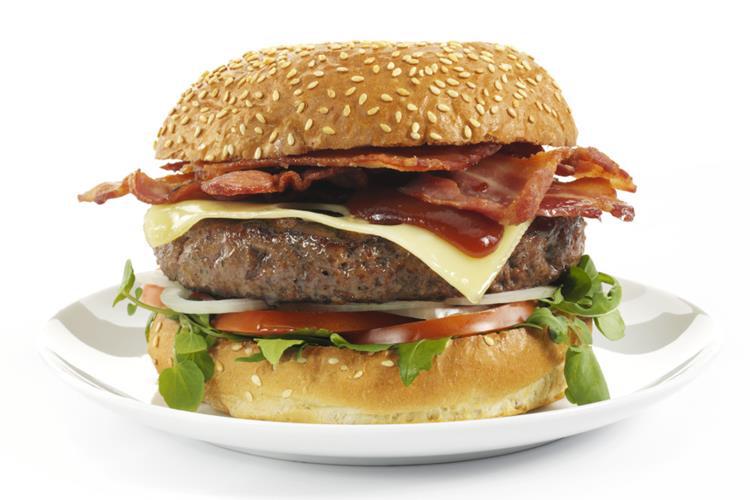
Basic BBQ Package
£11.80 - Buy Per Per Head
£440 - Buy For 50 Guests Package
£865 - Buy For 100 Guests Package
£1600 - Buy For 150 Guests Package
£1750 - Buy For 200 Guests Package
Barnsley, Chesterfield, Derby, Doncaster, Worksop, Mansfield, Rotherham,
Xmas Menus, Funerals & Wakes, Chocolate Fountain, BBQs & Hog Roasts, Pies & Peas, Slush Hire,
Unit 5b Compstall Mills Stockport, SK6 5HN
Tel: 03333 22 0123
Billingham, Blyth, Darlington, Durham, Bishop Auckland, Gateshead, Goole, Grimsby, Hartlepool, Hull, Grimsby, Scunthorpe, Middlesbrough, Hartlepool, Morpeth, Peterlee, Redcar, South Shields, Sunderland, Tynemouth,
Pies, Funerals & Wakes, Xmas Menus, BBQs and Hog Roasts, Hire,
Unit 5b Compstall Mills Stockport, SK6 5HN
Tel: 03333 22 0123
Accrington, Bamber Bridge, Chorley, Fulwood, Leyland, Barrow-in-Furness, Blackpool, Burnley, Carlisle, Carnforth, Kendal, Crooklands, Cumbria,, Morecambe, Penrith, Rossendale, Southport, Workington,
Slush, Hire, Funerals & Wakes, Xmas Menus, BBQs and Hog Roasts,
Unit 5b Compstall Mills Stockport, SK6 5HN
Tel: 03333 22 0123
Ashton Under Lyne, Blackburn, Bolton, Bury, Cheshire, Denton, Glossop, Heywood, Manchester Airport, Middleton, Old Trafford, Oldham, Rochdale, Salford, Stockport, Stretford, Tameside, Todmorden, Walkden, Wigan,
Potato Pie/ Pie and Peas, Kids Parties, Funerals & Wakes, Xmas Menus, BBQs, Sandwich Platters,
Unit 5b Compstall Mills Stockport, SK6 5HN
Tel: 03333 22 0123
Bath, Chippenham, Birchwood, Bootle, Litherland, Crosby, Prescot, Ashton-in-Makerfield, Chester, Wrexham, Ellesmere Port, Huyton, Kirkby, Runcorn, Sefton, St Helens, Warrington, Wirral, Wallasey,
kids' parties, Xmas Menus, Funerals & Wakes, BBQs & Hog Roasts, Hire,
Unit 5b Compstall Mills Stockport, SK6 5HN
Tel: 03333 22 0123
Atherstone, Coventry, Burton upon Trent, Dudley, West Bromwich, Oldbury, Redditch, Shropshire, Solihull, Stourbridge, Sutton Coldfield, Tamworth, Warwick, Wednesbury, Wolverhampton,
office, Kid's Parties, Xmas Menus, funerals & wakes, bbqs & hog roasts, Hire,
Unit 5b Compstall Mills Stockport, SK6 5HN
Tel: 03333 22 0123
Banbury, Basingstoke, Bedford, Bedfordshire, Berkshire, Bicester, Aylesbury, Bletchley, Milton Keynes, Harlow, High Wycombe, Northampton, Daventry, Oxford, Reading, Salisbury, Shefford, Slough, Towcester,
Unit 5b Compstall Mills Stockport, SK6 5HN
Tel: 03333 22 0123
Barnsley, Beverley, Burnley, Halifax, Bradford, Brighouse, Hebden Bridge, Todmorden , Harrogate, Wetherby, Huddersfield, Kirklees, Normanton, Pontefract, Castleford, Shipley, Skipton, Wakefield, York, North Yorkshire,
office, Xmas Menus, Funerals & Wakes, BBQs & Hog Roasts, Hire,
Unit 5b Compstall Mills Stockport, SK6 5HN
Tel: 03333 22 0123
Beeston, Carlton, West Bridgford, Boston, Sleaford, Spalding,, Burton upon Trent, Derby, Gainsborough, Grantham, Hucknall, Ilkeston, Lincoln, Lincolnshire, Louth, Stamford, Stapleford, Stoke-on-Trent, Newcastle-under-Lyme,
Hire, Funerals & Wakes, office, Xmas Menus, BBQs & Hog Roasts,
Unit 5b Compstall Mills Stockport, SK6 5HN
Tel: 03333 22 0123
Corby, Hinckley, Loughborough, Coalville, Measham, Peterborough, Kettering, Market Harborough, Rugby, Scarborough, Wigston, Oadby, Syston, Blaby, Birstall, Narborough, Enderby,
Unit 5b Compstall Mills Stockport, SK6 5HN
Tel: 03333 22 0123
Altrincham, Bramhall, Buxton, Crewe, Nantwich, Ellesmere Port, Macclesfield, Congleton, Northwich, Knutsford, Warrington, Whaley Bridge, Woodford,
Unit 5b Compstall Mills Stockport, SK6 5HN
Tel: 03333 22 0123
Bristol, Chichester, Cornwall, Crawley, Devizes, Devon, Dorset, Eastleigh, Exeter, Fareham, Midhurst, Newquay, Plymouth, Poole, Portsmouth, Somerset, Swindon, Taunton, Trowbridge, Warminster, Waterlooville, Weymouth, Worthing, Yateley, Yeovil,
Unit 5b Compstall Mills Stockport, SK6 5HN
Tel: 03333 22 0123
Abersoch, Bridgend, Caerphilly, Cardiff, Carmarthen, Merthyr Tydfil, Abergavenny, Newport, Cwmbran, Pembroke, Port Talbot, Rhyl, Colwyn Bay, Conwy, Llandudno, Bangor, Anglesea, Mold, Swansea, Neath, Llanelli,
Unit 5b Compstall Mills Stockport, SK6 5HN
Tel: 03333 22 0123
Aberdeen, Airdrie, Cumbernauld, Dumfries, Gretna Green, Dunfermline, East Kilbride, Hamilton, Edinburgh, Livingston, Falkirk, Fife, Glasgow, Paisley, Hamilton, Kilmarnock, Perth, Dundee, Prestwick, West Lothian,
Unit 5b Compstall Mills Stockport, SK6 5HN
Tel: 03333 22 0123
Cambridge, Colchester, Hitchin, Ipswich, King's Lynn, Lowestoft, Maidenhead, Norwich, Great Yarmouth, Peterborough, Kettering, Market Harborough, St Neots, Huntingdon, Wellingborough, Windsor,
Weddings, Slush Machine Hire, office, Funerals & Wakes, Xmas Menus,
Unit 5b Compstall Mills Stockport, SK6 5HN
Tel: 03333 22 0123
Bexley, Bracknell, Bromley, Croydon, Dartford, Edmonton, Enfield, Barnet, Epsom, Harlow, Harrow, Wembley, Hatfield, Hayes, Heathrow, Hemel Hempstead, Margate, Mitcham, Richmond, Romford, Southgate, Southwark, St Albans, Stevenage, Swanley, Tottenham, Watford,
Bowl Food, Christenings, Office, Party Events, Finger Buffets, Funerals, Weddings, BBQs, Hire, Hogs, Kids Parties, Packages, Xmas Menus,
Unit 5b Compstall Mills Stockport, SK6 5HN
Tel: 03333 22 0123
Ashford, Billericay, Brentwood, Brighton and Hove, Chelmsford, Clacton, Colchester, Dover, Dunmow, Eastbourne, Essex, Farnham, Grays, Guildford, Hastings, Hitchin, Hornchurch, Kent, Maidstone, Medway, Rayleigh, Rochester, Romford, Sittingbourne, Southend-on-Sea, Tonbridge, Tunbridge, Woking,
Unit 5b Ground Floor
Compstall Mills
Tel: 03333 22 0123
Evesham, Gloucester, Gloucester, Cheltenham, Grimsby, Hereford, Ledbury, Tewkesbury, Kidderminster, Oswestry, Redditch, Redditch, Stafford, Stratford-upon-Avon, Stroud, Worcester,
Unit 5b Compstall Mills Stockport, SK6 5HN
Tel: 03333 22 0123
Let us bring our expertise and custom solutions to your business.